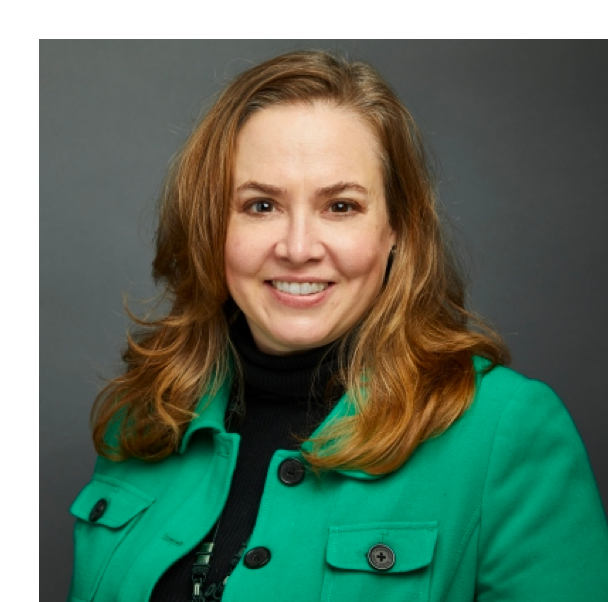Prof. Squires launches Latin American partnership as part of global study of nurses and midwives working during COVID-19
January 20, 2022
 Researchers at NYU Rory Meyers College of Nursing have launched a Latin American partnership to expand their international study of nurses and midwives working on the frontlines of the COVID-19 pandemic. The study is led by Allison Squires, PhD, RN, FAAN, associate professor at NYU Meyers, along with Juanita Jimenez, MSN, RN, the former chief nurse of Mexico. Ms. Jimenez leads a Latin American consortium and additional confirmed partners include research teams from Bangladesh, Costa Rica, Ghana, Hong Kong, Israel, Korea, Mongolia, Poland, Turkey, and Ukraine. Another 10 countries are finalizing their participation.
Researchers at NYU Rory Meyers College of Nursing have launched a Latin American partnership to expand their international study of nurses and midwives working on the frontlines of the COVID-19 pandemic. The study is led by Allison Squires, PhD, RN, FAAN, associate professor at NYU Meyers, along with Juanita Jimenez, MSN, RN, the former chief nurse of Mexico. Ms. Jimenez leads a Latin American consortium and additional confirmed partners include research teams from Bangladesh, Costa Rica, Ghana, Hong Kong, Israel, Korea, Mongolia, Poland, Turkey, and Ukraine. Another 10 countries are finalizing their participation.
This study seeks to capture the work and clinical practice experiences of nurses and midwives around the world as they navigate their roles during the pandemic. Using survey data collection software, the study is designed to capture qualitative, written responses from participants. More than 2,000 nurses and midwives have taken part in the study thus far; the researchers will continue to collect data through 2023.
The researchers anticipate that study findings will highlight the organizational, interprofessional, and resource-specific factors that influenced nurses’ and midwives’ experiences. The study also captures perspectives about effective and ineffective interventions and patient management strategies, which may uncover previously unknown care and treatment options. The project aims to produce policy briefs for every country participating, peer-reviewed publications, and enable team members to disseminate the results widely in their own country, region, language, and worldwide.
“This study is the product of years of networking and the strong commitment by all study team partners that the voices of nurses and midwives—especially those from countries without good research infrastructure or where nurses and midwives are not well represented in research circles—are captured and represented in the evidence,” said Squires.